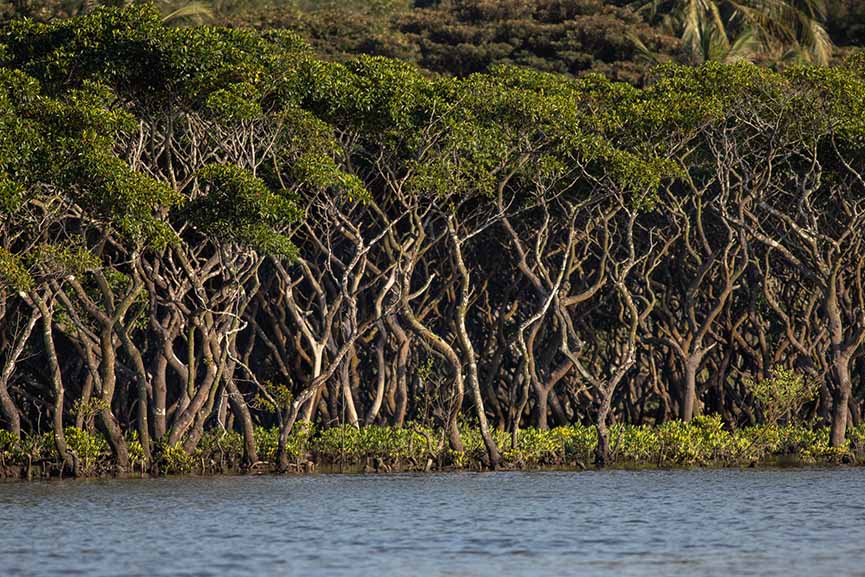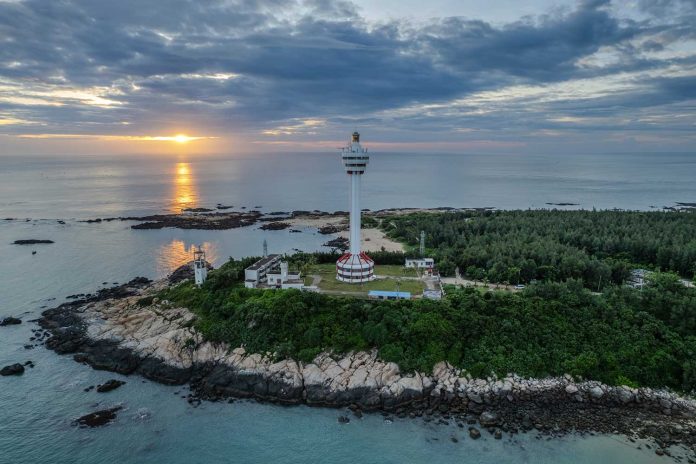Hainan has released a biodiversity conservation strategy and action plan, calling for the restoration of 30 percent of its degraded ecosystems by 2030.
It is the first provincial strategic plan on biodiversity conservation, following China’s biodiversity conservation plan issued by the Ministry of Ecology and Environment last month.
According to the plan, Hainan is poised to ensure a natural coastline retention rate of more than 63 percent.
The plan also proposes that Hainan completes a terrestrial biodiversity background survey by 2030, and establishes a biodiversity monitoring network and supervision platform covering the whole province. Thirty percent of terrestrial, inland-water, coastal and marine ecosystems will be effectively protected.
Hainan Island ranks top in China for biodiversity conservation thanks to its conservation initiatives over the years.
The province is one of 34 biodiversity hotspots globally, and boasts the most well-preserved and extensive tropical rainforests in China. It is also the sole habitat of the Hainan gibbon, the rarest primate worldwide, which has been declared critically endangered by the International Union for Conservation of Nature.
According to preliminary statistics, there are 4,367 species of vascular plants (plants such as trees, shrubs, ferns, and flowering plants), and 651 species of wild vertebrates in the Hainan Tropical Rainforest National Park, one of the first five national parks established in China.
Previously, the tropical island issued measures to improve marine natural reserves, including strengthening the preservation of concentrated distribution areas of natural coral reefs, mangroves, and seagrass beds, as well as enhancing the protection level of rare and endangered species, such as Chinese white dolphins, green turtles, hawksbill turtles and tridacna.
Related article: Over one million saplings planted across 1950 acres of mangrove in Jiangdong Haikou







